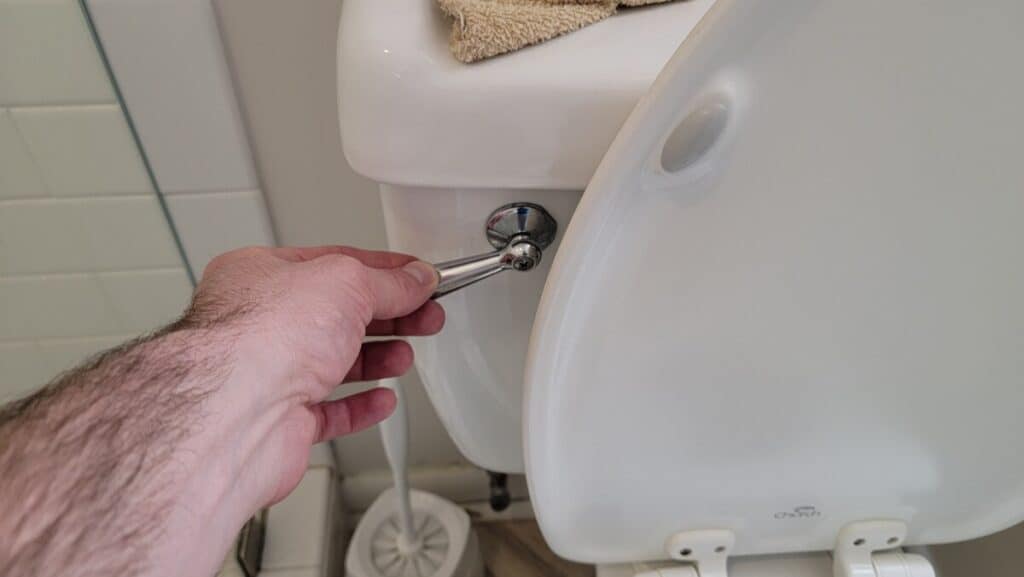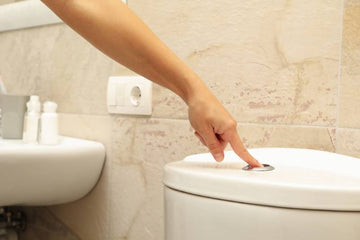With growing environmental concerns and the need for sustainable solutions, the question of how water-saving toilets are tested becomes increasingly relevant. These toilets play a crucial role in reducing water consumption, which directly impacts both the environment and our wallets. For industry QA professionals, understanding the rigorous testing processes that ensure these toilets meet high standards of efficiency is essential.
Water-saving toilets have become a significant part of water-efficient bathroom remodel ideas, providing both environmental benefits and cost savings. The testing procedures for these devices are designed to guarantee that they not only save water but also maintain performance and user satisfaction.

Why Testing Water-Saving Toilets Is Important
Testing water-saving toilets is vital for several reasons. Firstly, it ensures that the toilets function effectively under various conditions, preventing issues such as clogs or insufficient flushing. Secondly, it verifies that the claimed water savings are accurate, which is crucial for consumers looking to reduce their water usage.
The importance of testing is further highlighted by the push towards reducing the environmental impact of bathroom water use. By testing these toilets, manufacturers can ensure that they contribute positively to this goal.
Methods Used in Testing Water-Saving Toilets
There are several methods used in the testing of water-saving toilets. These methods are designed to assess various aspects of toilet performance, including water consumption, flush efficiency, and durability.
Laboratory Testing
Laboratory testing is a controlled environment where toilets are put through a series of tests to measure their performance. This includes measuring the volume of water used per flush, assessing the ability to clear waste, and evaluating the toilet's resistance to clogging. These tests are crucial for determining whether a toilet meets the standards set by regulatory bodies.
Field Testing
Field testing involves installing water-saving toilets in real-world settings to observe their performance over time. This type of testing provides insights into how the toilets perform under typical usage conditions, offering valuable data that cannot be obtained in a laboratory setting alone.
Standards and Regulations for Water-Saving Toilets
Water-saving toilets must adhere to specific standards and regulations to be considered effective. These standards are set by organizations such as the Environmental Protection Agency (EPA) and the American Society of Mechanical Engineers (ASME). The EPAs WaterSense program, for instance, sets criteria for water efficiency and performance that toilets must meet to earn their label.
Compliance with these standards is a key focus of the testing process, ensuring that consumers can trust the water-saving claims made by manufacturers. For more on how these standards impact water-saving toilets, check out this informative guide.
Challenges in Testing Water-Saving Toilets
Despite the importance of testing, there are challenges involved. One major challenge is simulating the wide range of conditions and user behaviors that toilets will encounter in the real world. Additionally, maintaining a balance between water conservation and effective waste removal is a delicate task that requires precise engineering and testing.
Another challenge is consumer perception. Some users may be skeptical about the performance of water-saving toilets, particularly in terms of their ability to handle waste effectively. This skepticism underscores the need for thorough testing and transparent communication of the results.
The Future of Water-Saving Toilets
Looking ahead, the future of water-saving toilets is bright, with ongoing advancements in technology promising even greater efficiency and performance. Innovations such as dual-flush technology, which allows users to choose between a full or partial flush, are becoming increasingly popular. Learn more about this technology here.
As awareness of water conservation continues to grow, the demand for effective water-saving toilets will likely increase. This will drive further innovation and improvements in testing procedures, ensuring that these toilets remain at the forefront of sustainable living.
Conclusion
In conclusion, understanding how water-saving toilets are tested is crucial for industry QA professionals and consumers alike. The rigorous testing processes ensure that these toilets meet the necessary standards for efficiency and performance, contributing to water conservation efforts and reducing environmental impact.
For those interested in exploring more about water-saving technologies, this guide offers a comprehensive overview of the various options available today.

FAQs
What is the main purpose of testing water-saving toilets?
The main purpose is to ensure that the toilets meet the required standards for water efficiency and performance, providing reliable waste removal while minimizing water usage.
How do water-saving toilets contribute to environmental conservation?
By reducing the amount of water used per flush, water-saving toilets significantly decrease overall water consumption, which helps conserve natural resources and reduce the environmental impact of household water use.
Are there any drawbacks to using water-saving toilets?
While water-saving toilets are designed to reduce water usage, some users may experience issues with insufficient flushing or clogging if the toilet is not properly maintained or installed. However, advancements in technology continue to address these concerns, improving the overall performance of water-saving toilets.






